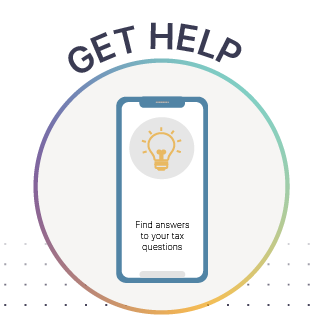If you realize there was a mistake on your return, you can amend it using Form 1040-X, Amended U.S. Individual Income Tax Return.
For example, a change to your filing status, income, deductions, credits, or tax liability means you need to amend your return. Or, IRS may have made an adjustment to your return, and sent you a notice that you disagree with. If so, you would file an amended return to change the amounts adjusted by IRS. If you’re unsure if you should file an amended return, you can use this tax tool to help you decide.
You may be able to use Form 1045, Application for Tentative Refund instead of Form 1040-X, if you are seeking a refund by carrying back certain farming losses or other unused credits. Using Form 1045 will generally result in a quicker refund. The deadline for Form 1045 for a calendar year taxpayer is December 31st of the year following the year of the loss or credit. For example, a 2023 Form 1045 is due December 31, 2024.
Generally, in order for IRS to be able to issue a refund, you must amend your return within three years (including extensions) after the date you filed your original return or within two years after the date you paid the tax, whichever is later. However, there are exceptions to the rule in some situations, such as:
- Financial disability,
- Federally declared disasters,
- Combat zones,
- Bad debts,
- Worthless securities,
- Foreign tax credit or deduction,
- Loss or credit carryback, and
- Disaster-related grants
When you file Form 1040-X for a tax year, it becomes your new tax return for that year. It changes your original return to include new information.
Beginning in February 2023, if you file your 2021 or later Form 1040-X electronically, you can get your refund by direct deposit into either a checking or savings account. You still have the option to submit a paper version of Form 1040-X and receive a paper check.
If the IRS finds mistakes like a math error or missing schedule before you do, you’ll get an IRS notice. The notice will tell you about the error and what information (if any) you need to submit to the IRS to correct it. See Incorrect Tax Return for more information. When the IRS sends you a notice about errors, there are usually other ways to correct errors besides an amended tax return.
If all you need to do is change your address, IRS.gov’s Address Changes page lists all available options.








